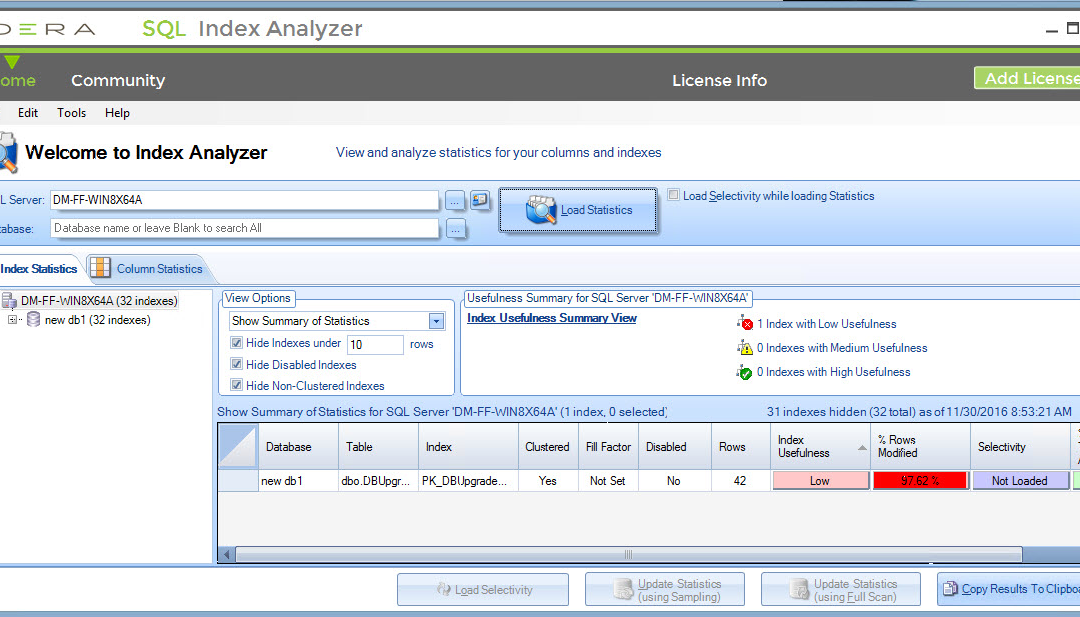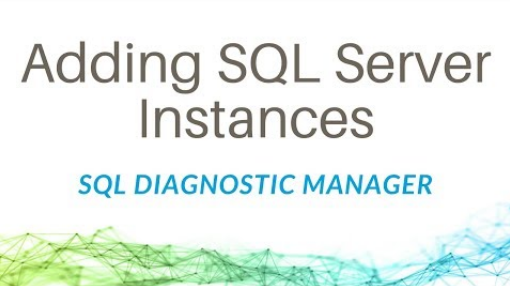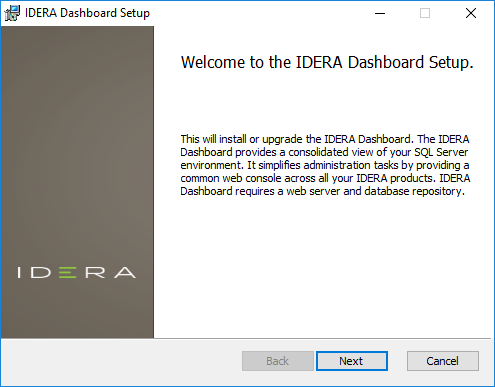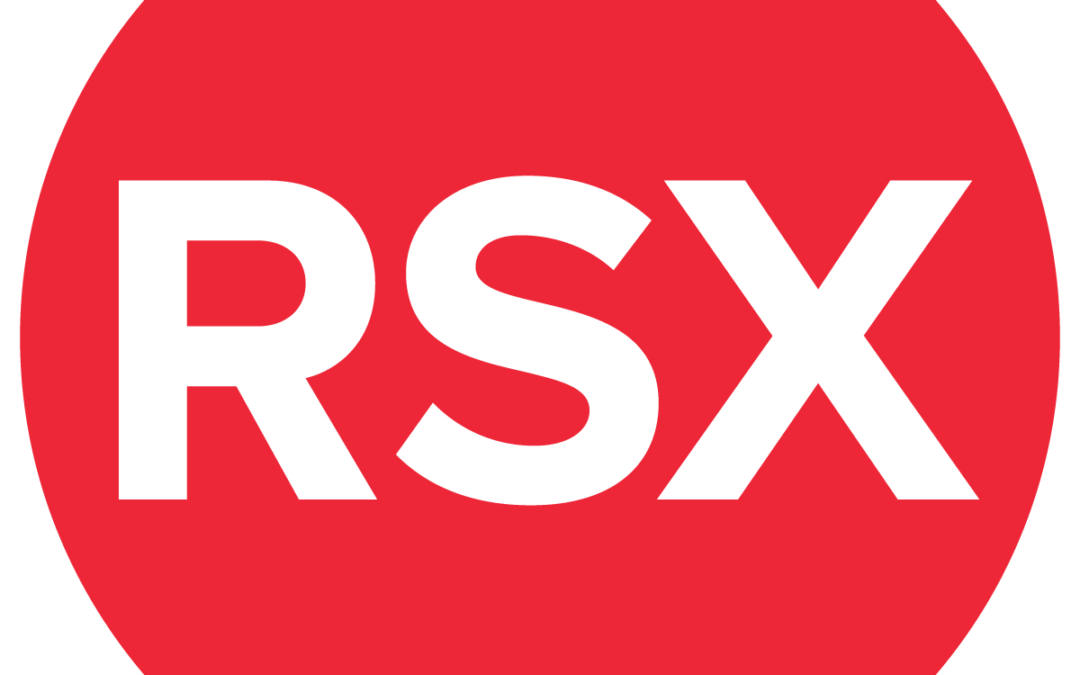10 Reasons Behind a Slow SQL Server

Categories
- Free tools
- SQL Compliance Manager
- SQL Defrag Manager
- SQL Diagnostic Manager for MySQL
- SQL Diagnostic Manager for SQL Server
- SQL Diagnostic Manager Pro
- SQL Inventory Manager
- SQL Query Tuner for SQL Server
- SQL Safe Backup
- SQL Secure
- SQL Workload Analysis for SQL Server
- Uptime Infrastructure Monitor Formerly Uptime
Do you know the Risks to your Database?
Databases are vitally crucial to modern businesses across all market sectors. They are the repository of an organization’s information resources, essential assets used to run its business and gain an edge over its competitors. Big data and the Internet of Things (IoT)...
Harnessing Big Data: A Strategic Advantage for Modern Organizations
There are different claims regarding the coinage of the term big data, but the concept of big data has existed since the mid-20th Century. Librarians and custodians of scientific information identified a trend in the quantity of data generated. The amount of data...
Key Insights into Ensuring SQL Server Security with These Practices
There are several examples where data theft has halted businesses or resulted in bad press that will leave a tarnished image. For instance, in 2017, Equifax disclosed that the personal information of over 145 million people was exposed, including social security...
Improve SQL Server Usage Management and Efficiency
If your organization deals with a high volume of customer data, telemetry, or other metrics, it’s likely you'll have some substantial databases to manage. Many organizations start with modest data management requirements and then find that their early database schema...
Initialize Transactional Replication from your Backups
This blog provides guidance on the perceived limitations and restrictions on initializing transactional replication subscribers from backups. The Trouble with Snapshot Initialization This blog does not mean that initialization from a snapshot should not be used....
Manage data and result sets, and SQL queries with Aqua Data Studio
Aqua Data Studio improves access and consistency by accessing data sources from a single tool to minimize the learning curve and maximize the potential for collaboration. SQL queries Build SQL queries by dragging and dropping schemas, tables, views, and columns into...
SQL Diagnostic Manager 12.0 General Availability
We are pleased to announce the general availability of SQL Diagnostic Manager 12.0. Existing users may upgrade to this version through the Idera Customer Portal. New users may download the trial version from the Idera Website. What’s New in Diagnostic Manager...
Analyze blocking for SQL Server
Blocking is a normal activity that occurs in SQL Server and it does that to control data integrity and make sure only one resource can change a set of data at one time. The problem with blocking is if SQL Server blocked a session for a long period, this can cause...

Top 5 Benefits of Universal Database GUI
Universal database graphical user interfaces (GUIs) are among the most productive tools available to database administrators (DBAs) and developers. A well-crafted universal database GUI can greatly assist team members to maintain and implement new features to their...

Finding and Fixing Locking Issues on SQL Server Databases
In SQL Server, locking helps improve efficiency by preventing resources from being used simultaneously by different transactions. Issues with SQL Server locking can adversely affect the performance of SQL Server databases. In systems that have many users, the...

Top 5 Reasons for Slow SQL Server Queries and How to Fix Them
Slow SQL Server Queries are a common issue among database administrators (DBAs). You would be hard-pressed to find a SQL Server DBA who was not interested in improving the performance of their databases and applications. Slow response time can impact database...

What Is an IDE? – The Difference Between IDEs and Code Editors
When evaluating integrated development environments vs. code editors, the right option comes down to your requirements. IDE's have a broad feature set and code editing is just one capability. This post will help you understand the difference between IDEs and...
What Is Non-Uniform Memory Access (NUMA)?
Bare metal to cloud hosted virtual machines Non-Uniform Memory Access (NUMA) is a four-letter word in every sense, well beyond simply the number of characters in the acronym to many data professionals, particularly those in an operational database administrator (DBA)...

Identifying Performance Problems Part 1
Every server, database, storage appliance and network encounter some sort of performance issues. It is a major part of our job as database administrators to properly monitor and fix those performance issues whether it is in your traditional on premises environment or...

How to analyze the health of SQL Server database indexes
To keep databases running smoothly, it is important to evaluate the properties and performance statistics of indexes of databases. For this purpose, display these statistics of indexes: The percentage of rows modified since statistics were last updated. The percentage...

Relational Division
Dr. Codd’s original relational algebra had eight basic operations. Since relational database management systems are based on set theory, the first four are traditional set operations: intersection, set difference, union, and product. These operations are...

How to add SQL Server instances to SQL Diagnostic Manager for SQL Server
With SQL Diagnostic Manager, monitor the performance of the entire SQL Server environment by quickly and easily adding SQL Server instances. There are two different ways to add instances of SQL Server to SQL Diagnostic Manager. First, you can add instances with the...

Installing the SQLDM CWF dashboard during a trial
In this blog post, I'll be guiding you through the installation of the SQL Diagnostic Manager and the IDERA Dashboard in a trial environment. In the steps below, I'll use the default directories. Just something to keep in mind as you perform the...

Cloud Building Blocks and Layers
Welcome back to our blog series, Solutions for the Cloud. Now that we’ve discussed three concepts of virtualization related to the cloud, we will cover the basics of cloud infrastructure including cloud building blocks and layers. The cloud infrastructure...

How-To: Configuring Your RAD Server Instance
This guide is a full reference for configuring your RAD Server instance. It was written by Eli M. and is part of the collection of New RAD Server (EMS) Articles, Resources, and eBook. How-To: Configuring Your RAD Server Instance RAD Server is a turn-key application...
